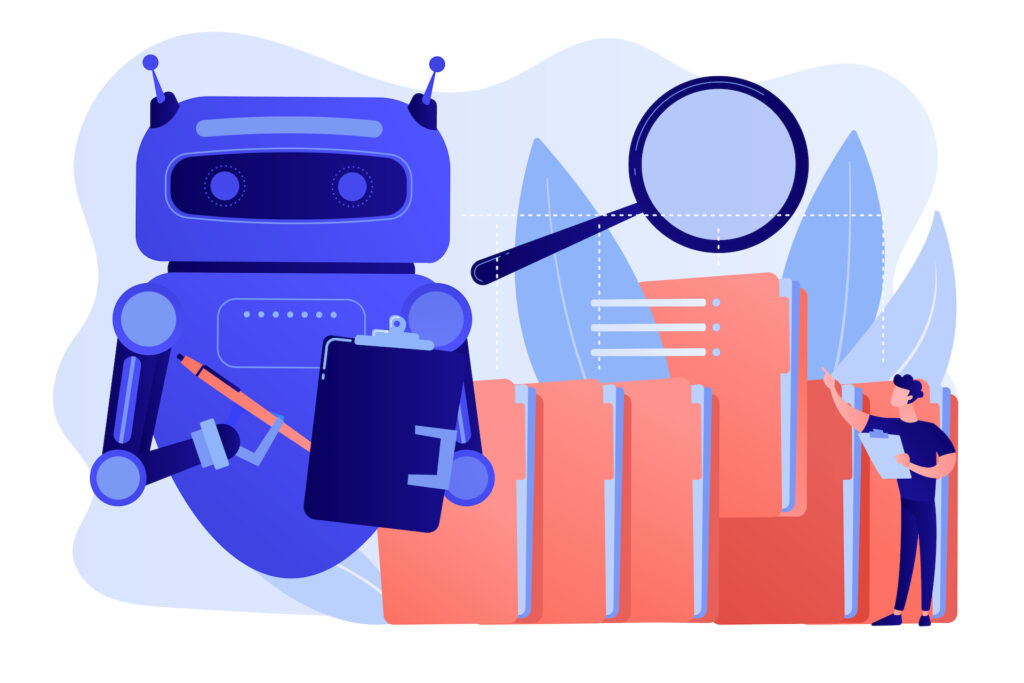Guide to AI Notetakers
Guide to AI Notetakers
by Boxplot Nov 9, 2024

Introduction
With the rise of virtual meetings, AI notetakers have become valuable tools for organizations seeking efficiency through automated transcription and meeting summaries. However, privacy concerns have also emerged, prompting some companies to consider apps that block AI notetakers during sensitive discussions.
This post compares the AI notetakers used in online meetings and the apps made to prevent AI notetakers from being used when needed. In light of their operational requirements and privacy concerns, the intention is to support businesses in making well-informed decisions about integrating or limiting these technologies.
What do AI Notetakers do?
AI note-takers will be able to bring comfort in smoothing meeting workflows with the help of real-time transcription, automatic note-taking, and summary generation. This tool fits perfectly into platforms such as Zoom, Microsoft Teams, and Google Meet, capturing key points in the conversation without disrupting its natural flow.
Key features of AI notetakers:
- Automatic Transcription: AI notetakers instantly change spoken words to text to make it easy to refer to exact statements after the meetings.
- Identifying Speakers: Sophisticated AI notetakers can make a clear distinction among various speakers, thereby helping to keep the record straight of who said what. This helps very much in large or multi-department meetings.
- Auto-Summarization and Action Items: Most of the tools auto-summarize and highlight action items; thus, saving teams from having to watch an entire meeting again to catch the main points.
AI Notetakers Features Comparison
The table below outlines key features of leading AI notetakers, helping organizations choose the best tool based on accuracy, integrations, language support, and cost.
| Feature | Otter | Fireflies | Fathom | Sonix |
| Accuracy of Transcription | High | Moderate | High | Moderate |
| Languages Supported | Multiple | Multiple | Single | Single |
| Integration | Zoom, Teams, Google Meet | Zoom, Teams | Zoom, Teams, Google Meet | Google Meet |
| Real-Time Transcription | Yes | Yes | Yes | Yes |
| Speaker Identification | Yes | Yes | Yes | Yes |
| Cost | Free/Paid | Free/Paid | Free | Paid |
| Summarization | Yes | Yes | Yes | No |
It is of note that Microsoft offers a built-in notetaker for Teams called “Intelligent Recap”. However, it only works for Teams, and a Premium Teams subscription is required.
Apps Blocking AI Notetakers: Key Considerations
For businesses prioritizing privacy, apps that block AI notetakers provide an additional layer of security. These tools can detect and block AI notetaking during meetings, ensuring that confidential information remains secure. Organizations may also consider implementing policies requiring participants to disclose the use of AI notetakers.
The choice between implementing AI notetakers or blocking them largely depends on the industry, meeting content, and regulatory compliance. Adopting a flexible approach is recommended, allowing AI notetakers to be used in routine meetings while utilizing blocking tools during more sensitive discussions.
Comparison of Select Apps Blocking AI Notetakers
| Feature | Krisp | MuteMe | Cloakware |
| Platform Compatibility | Zoom, Google Meet | Zoom, Teams | Teams, Zoom |
| AI Detection | Yes | No | Yes |
| Blocking Mechanism | Automatic | User-Activated | Automatic |
| Cost | Free/Paid | Paid | Paid |
| Real-time Alerts | Yes | No | Yes |
Conclusion
The balance between AI notetaker convenience and the need for privacy protection varies across industries and business needs. Companies should assess their operational requirements and privacy policies to determine the appropriate use of AI notetakers or blocking tools. Boxplot can help with this assessment and also implement a comprehensive AI plan for your organization. Contact Barb at barb@boxplot.com to learn more.
<< Previous Post
"Understanding and Combating Prompt Injections in Large Language Models (LLMs)"
Next Post >>
"Oracle and AI Innovation"


